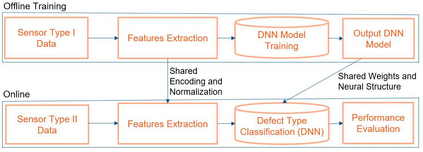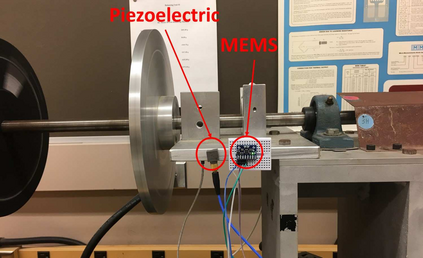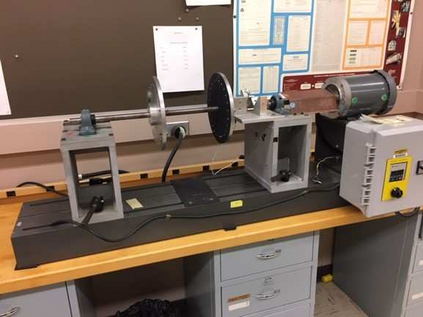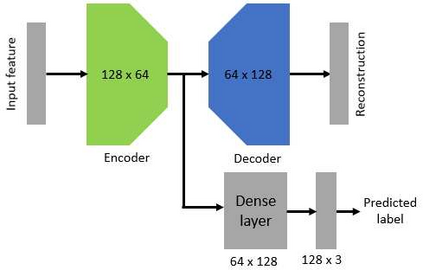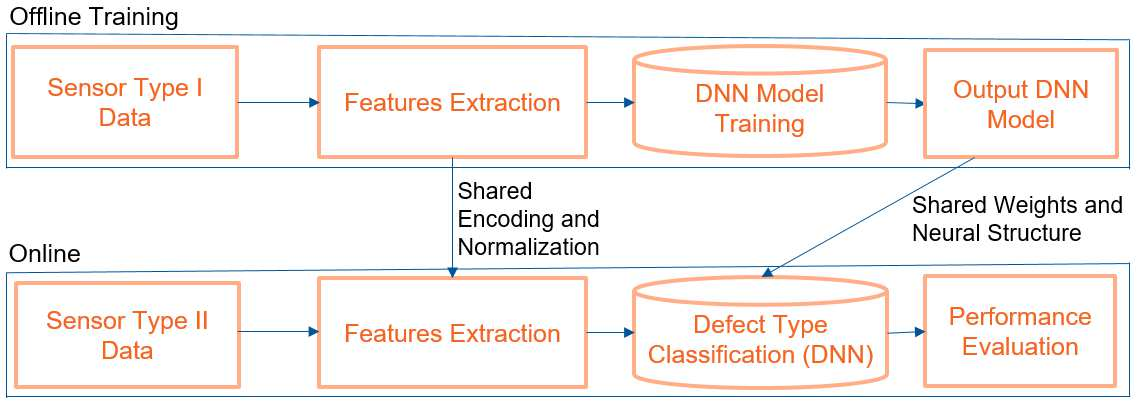Smart manufacturing systems are being deployed at a growing rate because of their ability to interpret a wide variety of sensed information and act on the knowledge gleaned from system observations. In many cases, the principal goal of the smart manufacturing system is to rapidly detect (or anticipate) failures to reduce operational cost and eliminate downtime. This often boils down to detecting anomalies within the sensor date acquired from the system. The smart manufacturing application domain poses certain salient technical challenges. In particular, there are often multiple types of sensors with varying capabilities and costs. The sensor data characteristics change with the operating point of the environment or machines, such as, the RPM of the motor. The anomaly detection process therefore has to be calibrated near an operating point. In this paper, we analyze four datasets from sensors deployed from manufacturing testbeds. We evaluate the performance of several traditional and ML-based forecasting models for predicting the time series of sensor data. Then, considering the sparse data from one kind of sensor, we perform transfer learning from a high data rate sensor to perform defect type classification. Taken together, we show that predictive failure classification can be achieved, thus paving the way for predictive maintenance.
翻译:智能制造系统由于能够解释各种感知信息并根据系统观测得出的知识采取行动,其部署速度越来越快。在许多情况下,智能制造系统的主要目标是迅速发现(或预期)无法降低操作成本并消除故障。这往往归结为在从系统获得的传感器日期内检测异常现象。智能制造应用领域带来了某些突出的技术挑战。特别是,往往有多种类型的能力和成本各不相同的传感器。传感器数据特征随着环境或机器的运行点,例如马达的RPM而变化。因此异常检测过程必须在操作点附近进行校准。在本文件中,我们分析了从制造测试床部署的传感器上得出的四套数据集。我们评估了预测传感器数据时间序列的若干传统和基于ML的预测模型的性能。然后,考虑到一种传感器的稀疏数据,我们从高数据率传感器中学习进行缺陷分类。我们共同表明,可以实现预测故障分类,从而为预测维护工作铺平了道路。

